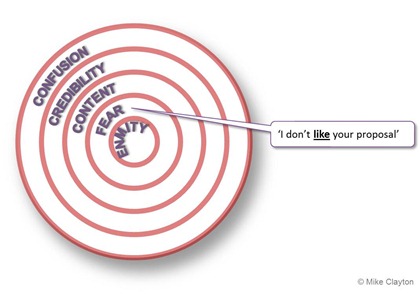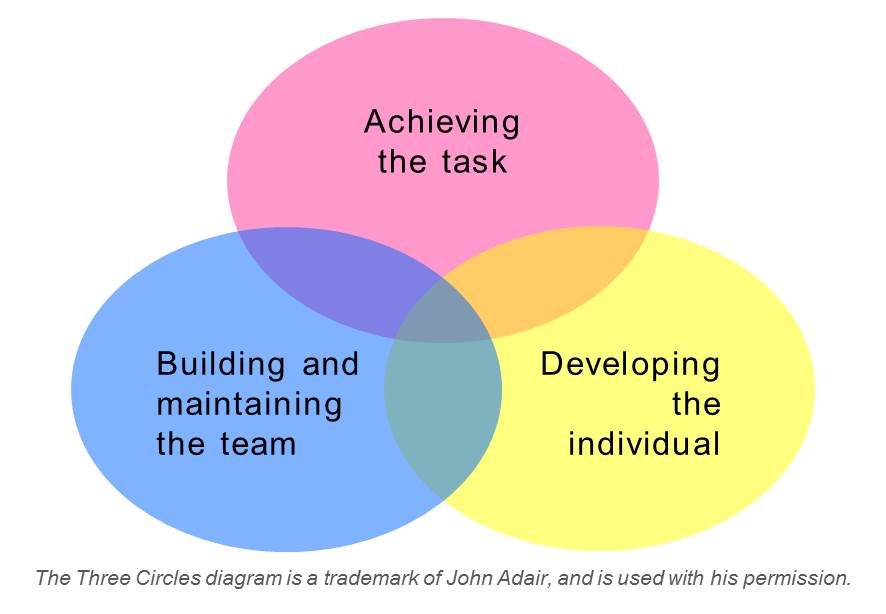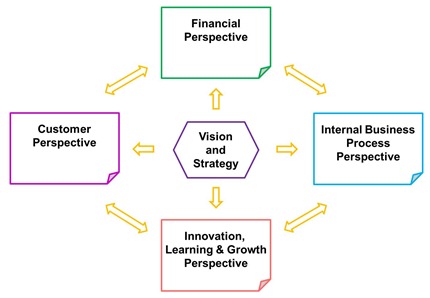Management Pocketbooks was at the CIPD’s HRD exhibition in full force last week. It’s always a good opportunity to see what’s new in the worlds of training, coaching and management development.
Thank you, by the way, to the hundred and forty or so people who sat or stood for the forty five minutes of my talk about Handling Resistance, and to everyone who visited the stand. More on the talk in a future blog.
Is it a trend?
One thing stood out for me at the exhibition. Maybe it represents a trend – it did catch my interest.
Positive Psychology
 At least two businesses exhibiting had deep expertise in Positive Psychology, which I’ve covered in one form in an earlier post, and applying it to the workplace.
At least two businesses exhibiting had deep expertise in Positive Psychology, which I’ve covered in one form in an earlier post, and applying it to the workplace.
.
I remain convinced that this is a field whose time is coming – I’d put it about where Emotional Intelligence was in the early 1990s. Who will be the Dan Goleman of this field?
I picked up a copy of the new Positive Psychology at Work by Sarah Lewis and my wife (who nabbed it on the train) tells me it’s really good!
Another Aspect of Positive Psychology is Flow
Have you ever found yourself so immersed in something that time disappears from under you and so, when you finish – or are stopped – you have hardly an inkling of how much time has passed? You may only then realise how cold, how hungry or even how desperate you are for the loo. That was flow.
Flow experiences happen when we are in a directed task with clear goals, plenty of sense of how we are doing and, crucially, just the right amount of challenge.
The typical flow state diagram looks like this.
High Performance at Work
Flow states are the key to high levels of motivation and performance. We need to get ourselves, or the people we manage, into a flow state by making demands of them with just the right amount of challenge. This way, what we are doing always tests us to our limit of competence but not so far beyond, that we feel stressed by it and not so far below that we get comfortable, complacent and bored.
How can we increase the challenge further?
There are two ways to increase the challenge we place on a team member and still maintain the possibility of a high performance flow state:
- we can either provide suitable training, coaching, practice or other intervention, or
- we can offer our support, leaving them feeling safe from potential failure and able to ask for help, thus extending the range over which they can operate before feeling stressed.
So here’s the deal
Good management is about matching the challenge to the person – and positive psychology shows us why this is.
Some Management Pocketbooks you might enjoy
- Performance Management Pocketbook
- The Empowerment Pocketbook
- The Delegation Pocketbook
- The People Manager’s Pocketbook
.
A little note…
I have been using the “Psi plus” symbol for about three years now as a shorthand in my notes for positive psychology. I’ve never seen it anywhere else, but it seems such an obvious shorthand. Anyone seen it elsewhere?













